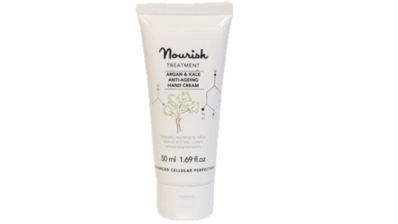Lucas Meyer's new anti-ageing ingredient tackles toxic progerin
The company, which is a business unit of the Canada-based Unipex Group, has brought the ingredient to market as a 3 amino acids peptide biomimetic of Elafin, an enzyme inhibitor involved in extracellular matrix integrity. The inci name for Progeline is flycerine (and) water (and) dextran (and) F3Acetyl Tripeptide-2.
It is part of a new wave of ingredients that include growth factors, stem cell technology, telomerase activators and sirtuins activators that all tap into the rapidly opening area that focuses on delaying the senescence process.
Understanding the part progerin plays in the ageing process
The understanding of Progeria, an accelerated aging condition found in children, has revealed information about the toxic protein progerin.
Senescence is characterized by a build-up of the toxic protein progerin, which is detrimental to cellular activity and DNA replication. The understanding of how progerin works and contributes to the appearance of the signs of aging is imperative to delaying the biological aging process.
Progerin is present in fibroblasts and keratinocytes and it accumulates into higher levels as we mature. Through extensive research and development, progerin expression has become a biomarker of cellular aging.
Gold award winning technology
Progeline, which swept up the gold medal for innovation at this year's in-cosmetics show, has been developed to reduce the synthesis of progerin associated to the presence of more senescence cells.
Lucas Meyer claims that its new ingredient significantly increases skin firmness, elasticity and viscoelasticity, attesting its efficacy on skin slackening and sagging, while decreasing the production of progerin.
As the quest for eternal youth continues it will be a combination of these ingredients and technologies along with clear marketing and clinical claims that determine the long term success of the ingredients.
New technologies and ingredients including stem cells and alguronic acid have boosted sales for companies as well as delivered anti-aging products, but the true litmus test of these products’ success will be consumer acceptance of these ingredients.
If recent successes are any indication that the anti-aging market will continue to experience double digit increases, then we can expect to see new trends that aim to continue the use of stem cells and alguronic acid to fight aging skin.









